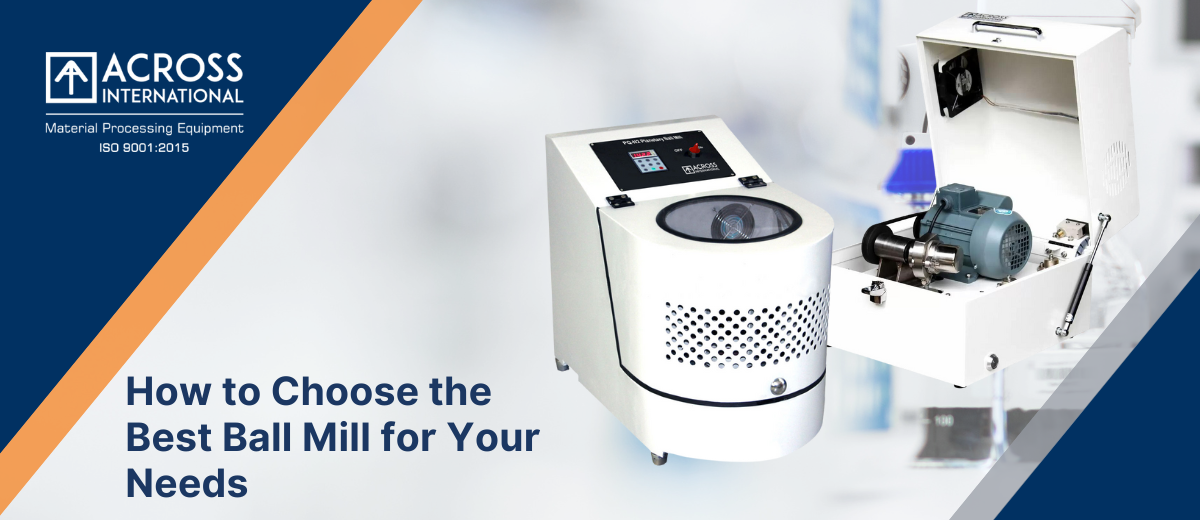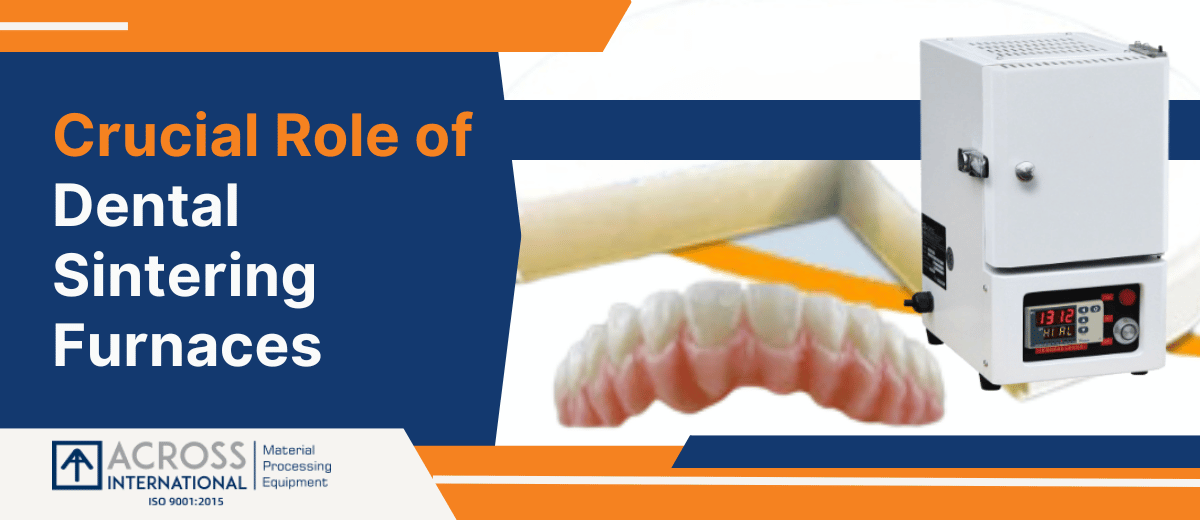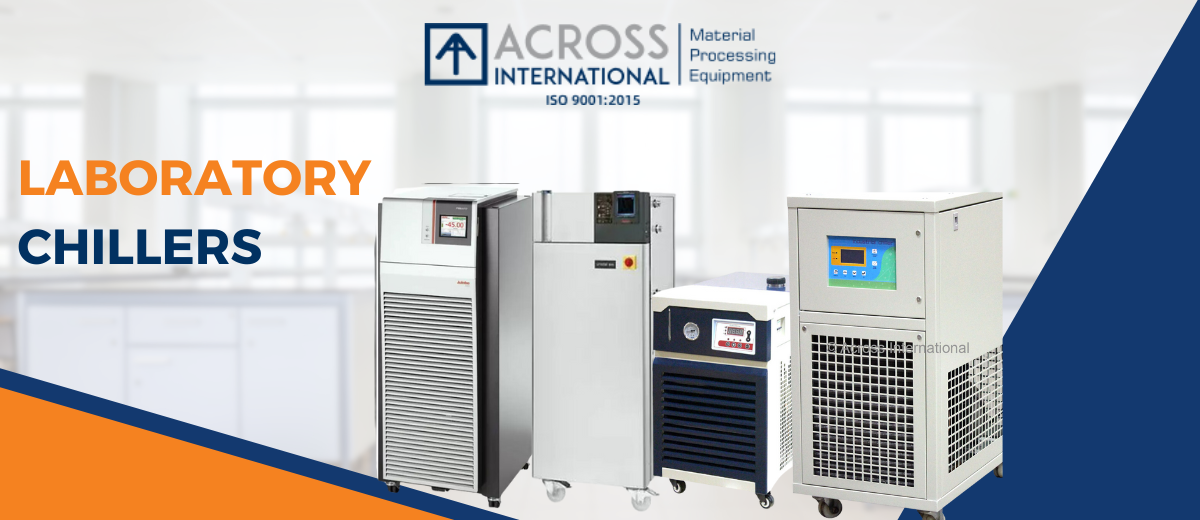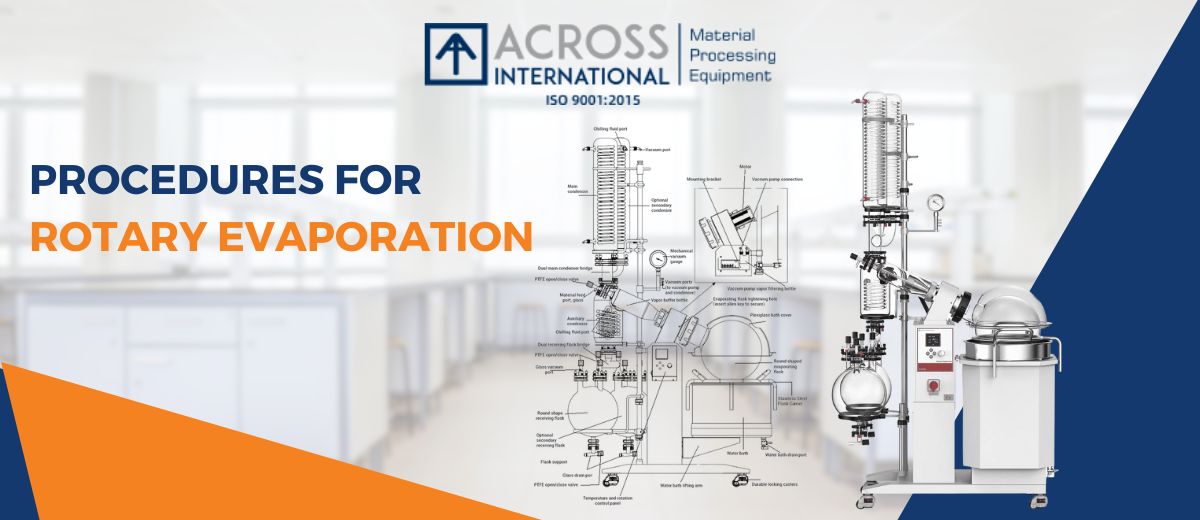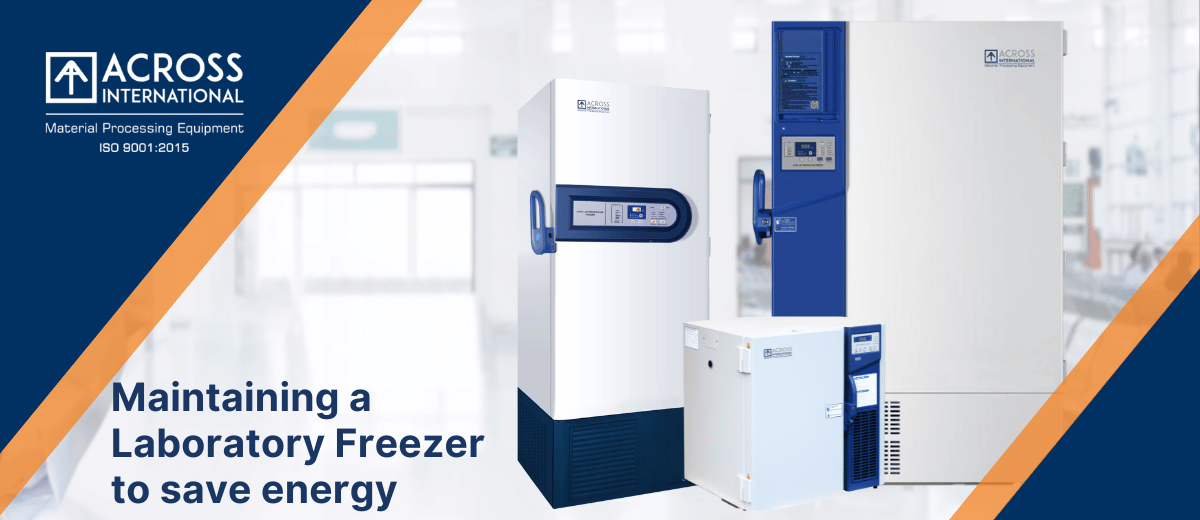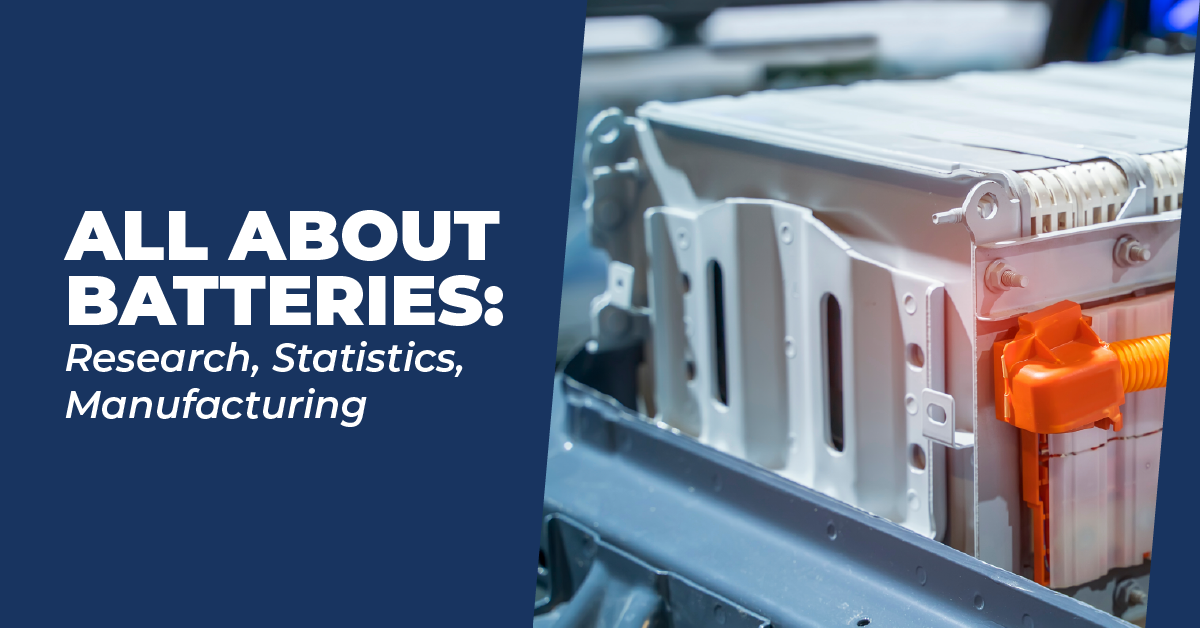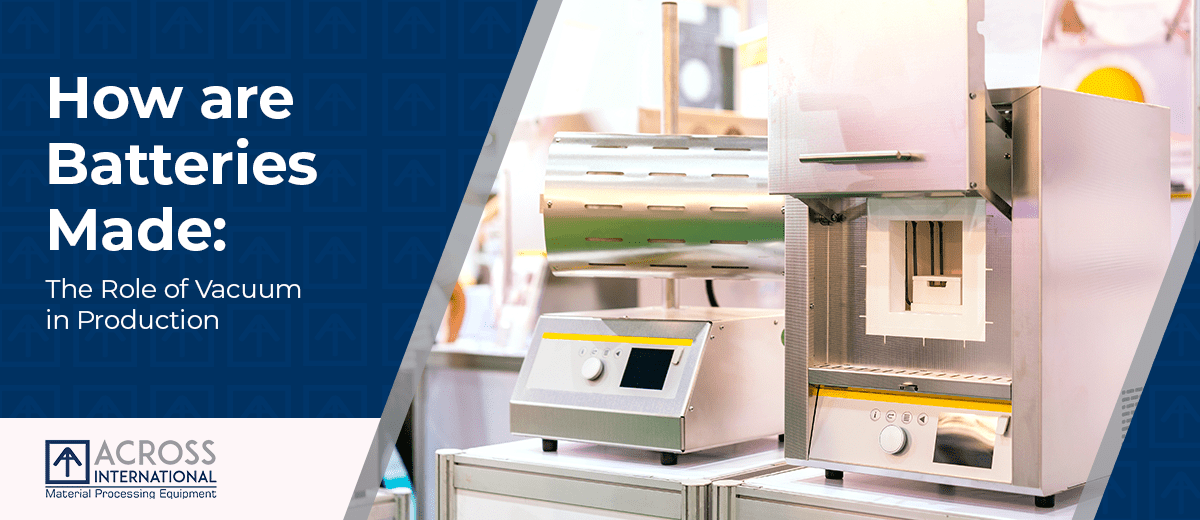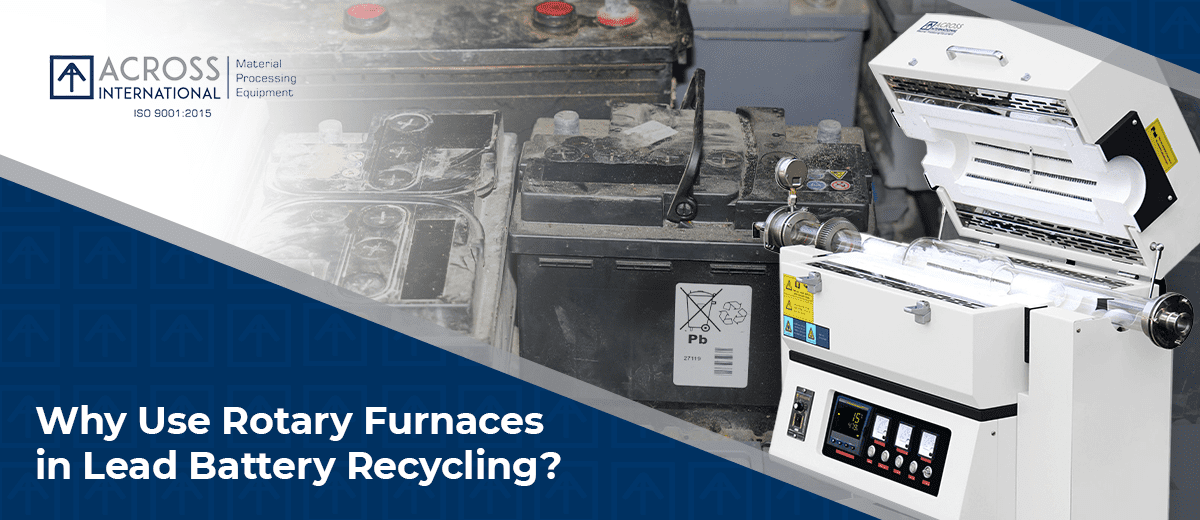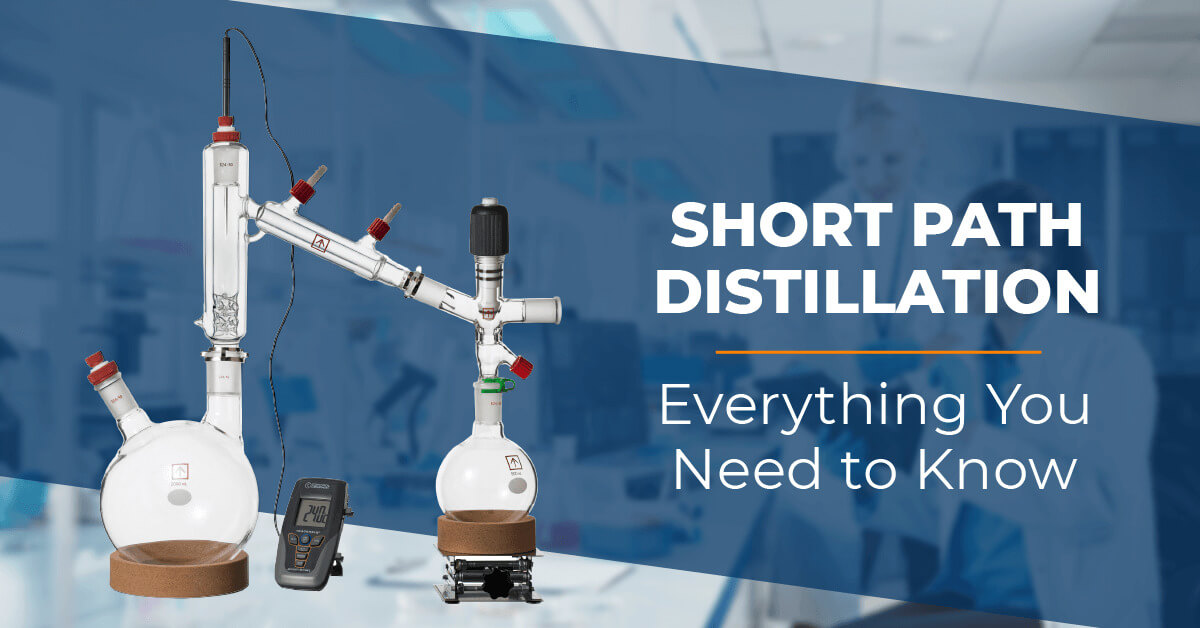We use cookies to make your experience better. To comply with the new e-Privacy directive, we need to ask for your consent to set the cookies. Learn more.
How to maintain Biosafety Cabinet in your laboratory
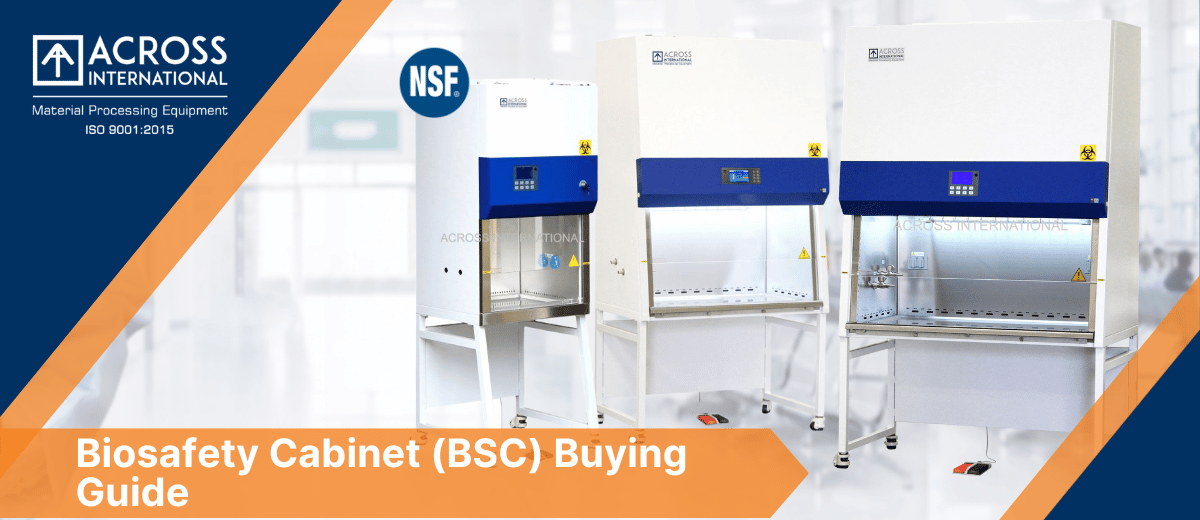
Biological safety cabinets must be certified annually for all areas working with materials categorized as biosafety level two (BSL2) and higher. Laboratories working at biosafety level one (BSL1) are strongly encouraged to certify their cabinets annually as a best practice and to ensure product protection. Recertification of biosafety cabinets is also required after repairs, or after relocation of a cabinet.
Biological safety cabinet is used to protect personnel against infectious and biohazardous agents and to maintain the control of airflow during the experiment as it filters the inflow and exhausted air. Without knowing the type of safety cabinet and how it works and taking care of precautions during the experiment, work would be dangerous and time consumable. Therefore choose wisely what type of biological safety cabinet you need,
The Class II BSC has laminar air movement inside the cabinet which offers product protection. There is a HEPA filter inside that filters all air that is inside the workspace, thus eliminating the need to flame sterilize.
The open flame disrupts the air flow, compromising the protection of the worker and the product.
An open flame can melt the bonding agent that holds the HEPA filter to its frame. This destroys the effectiveness of the HEPA filtration and causes a loss of containment in the plenum.
If the flame were to go out, and the valve was not shut off, gas can build up in the cabinet, reaching explosive proportions, which poses a serious risk to the worker, the rest of the laboratory staff and the building as a whole.
The air movement in the cabinet causes the flame to move around. This can lead to increased burn risk to personnel or lighting of paper materials on fire. Fires have occurred at Rutgers due to Bunsen burners in cabinets.
Use of open flames inside the cabinet will most often void the warranty of the cabinet by the manufacturer.
Biological Safety Cabinets and other primary containment devices are an essential component of conducting biomedical research. As a primary safety barrier, the effectiveness of the Biological Safety Cabinet (BSC) is limited by the techniques employed by the researcher (e.g. good microbiological techniques), an understanding of how the cabinet functions, and the location of the biological safety cabinet within the facility. Generally, keep biosafety cabinets away from doors, high traffic areas and supply diffusers. Across International Tech Team can provide consultation and guidance on the selection, operation and use that meet your specific research needs.
Laboratory biosafety cabinets (BSCs) play a vital role in safeguarding personnel, samples, and the environment in research and healthcare facilities. Understanding the different classes and types of BSCs is crucial for selecting the appropriate level of protection. Class I, Class II (Types A1, A2, B1, B2), and Class III BSCs offer varying degrees of protection to suit specific needs. Modern BSCs incorporate essential features and technologies such as laminar airflow, HEPA or ULPA filters, alarms, and monitoring systems to ensure optimal safety and performance. UV lights and sterilization mechanisms further enhance decontamination processes.
|
Model |
BC-2F |
BC-3F |
BC-4F |
BC-6F |
|||||
|
Material |
Chamber |
304 stainless steel |
|||||||
|
Main Body |
Powder coated steel |
||||||||
|
Controller |
LCD screen with soft touch buttons and remote control |
||||||||
|
Noise |
< 65 dB(A) |
||||||||
|
Casters |
Four, with station-able feet |
||||||||
|
Weight |
Unit |
220 lbs. |
450 lbs. |
520 lbs. |
n/a |
||||
|
Shipping |
280 lbs. |
595 lbs. |
725 lbs. |
820 lbs. |
|||||
|
Dimensions |
Unit |
27.5 x 25.5 x 48.5" |
42.8 x 30.5 x 89” |
54.5 x 30.5 x 90" |
73.5 x 30.5 x 90.5" |
||||
|
Shipping |
34 x 31.5 x 57" |
8 x 40 x 72.5" |
61 x 43 x 76" |
79.5 x 42.5 x 75" |
|||||
|
Safety |
Abnormal airflow alarm Filter replacement alarm Front glass panel unsafe height |
||||||||
|
Compliance |
NSF/ANSI 49 |
||||||||
|
warranty |
One Year |
||||||||
When selecting a biosafety cabinet for your Labs , careful consideration should be given to regulatory compliance and specific requirements. By following recommended usage guidelines and regularly maintaining these cabinets, professionals can create a secure and efficient working environment within their laboratories.
Contact us for NSF49 Certified BSC Equipment, and we also offer calibration services for various laboratory equipment.
Get in touch with us now to learn more and explore our range of solutions.


